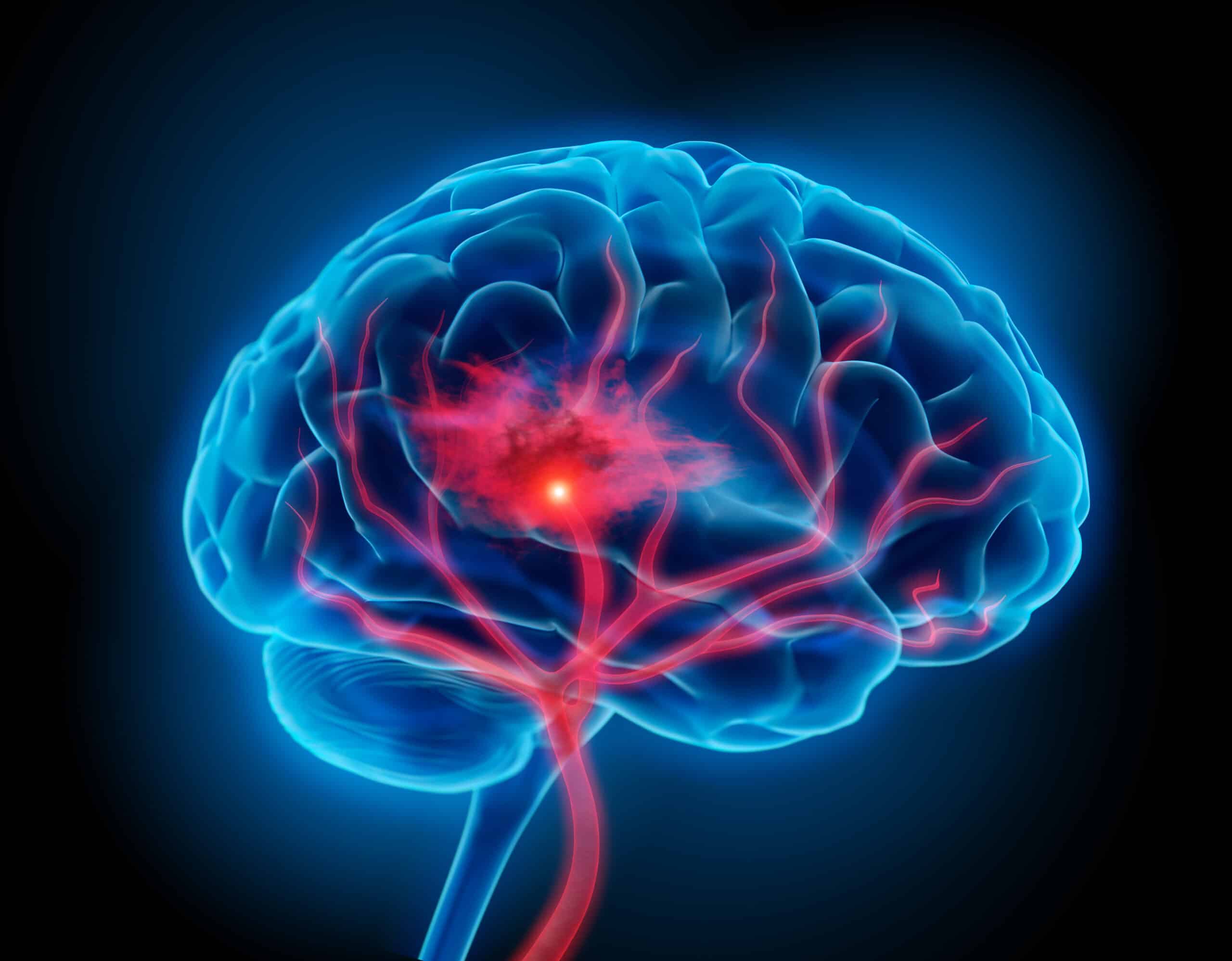Researchers examined 582,844 patients from 60 studies. Fifty percent of the patients were women. The median patient age was 74 years old for women and 69 years old for men.
Data was from PubMed, Embase, Emcare, Web of Science, and the Cochrane Library for published articles through May 2020.
In the meta-analysis, the authors found headaches happened more frequently with women than men with any type of stroke, along with changes in consciousness/mental status and coma/stupor.
Another key finding from the team’s analysis was that aspecific, or other neurological symptoms such as non-rotatory dizziness, and non-neurological symptoms transpired less frequently in women.
Overall, the presence of focal symptoms was not linked with sex, even though dysarthria and vertigo happened more often, while symptoms of paresis/hemiparesis and focal visual disturbances were not as common in women compared to men.
“Future prospective cohort studies should be specifically designed to assess sex differences; should take confounding factors into account and adjust for at least age, stroke subtype, and comorbidity; and should report presenting nonfocal and focal symptoms by stroke sub-type, timing, and location,” wrote lead author Mariam Ali, BSc, with Amsterdam UMC in the Netherlands, and colleagues.
“Finally, studies need to assess the association between presenting symptoms and clinical diagnosis and should compare the symptoms of women and men with and without confirmed stroke to improve the diagnosis of stroke in clinical practice,” they added.




